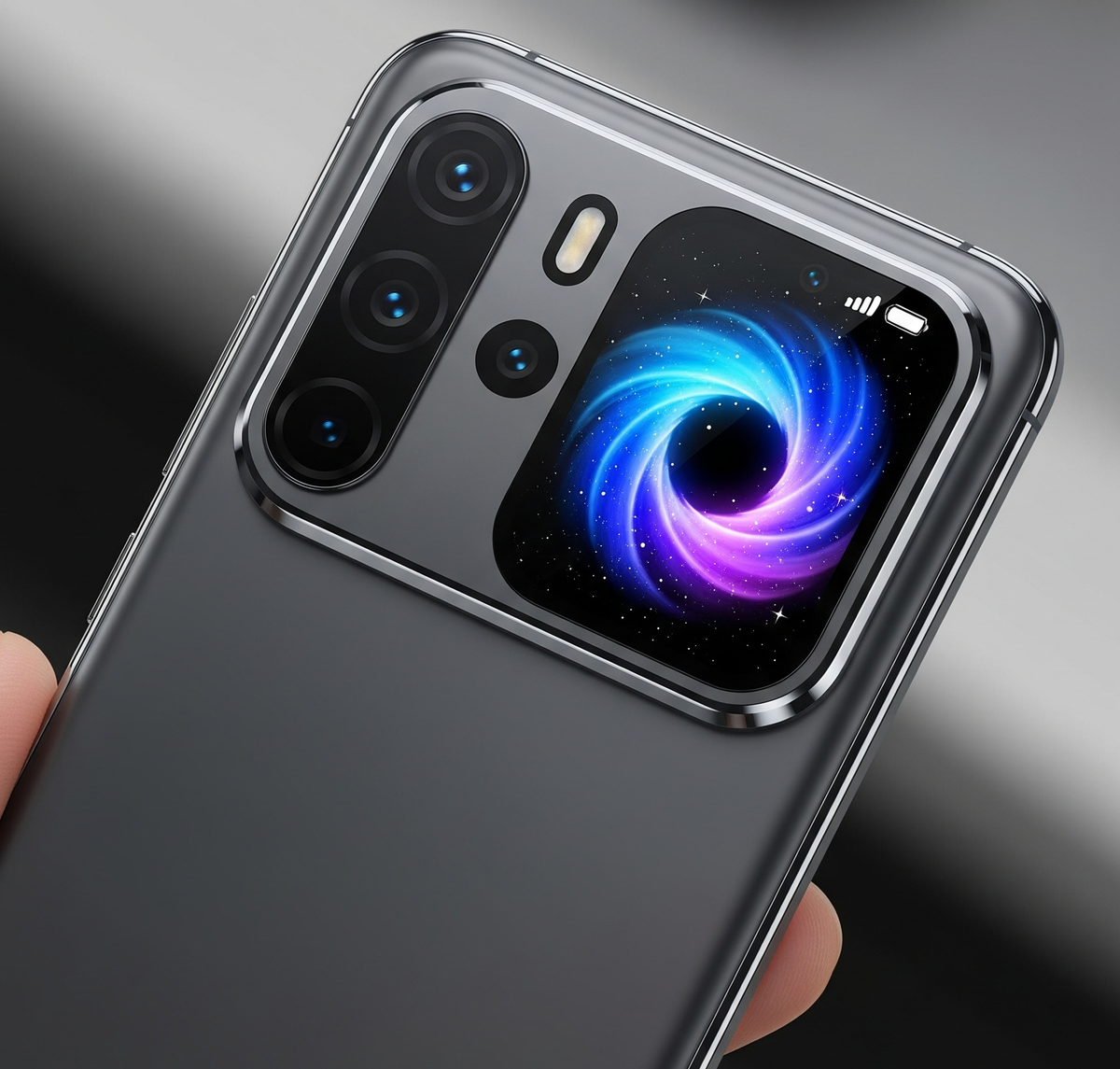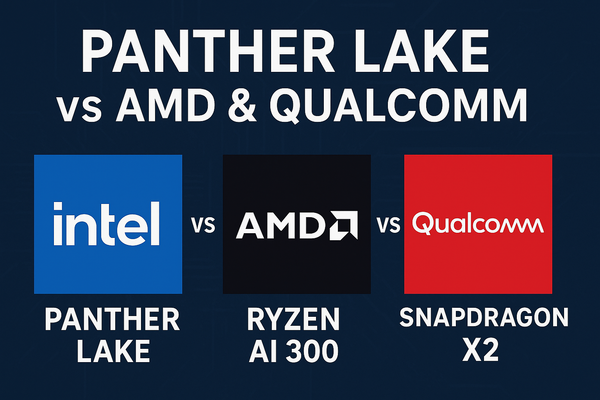The Xiaomi 17's "Magic Back Screen": A Glimpse into the Future of Phone Design

The Xiaomi 17's "Magic Back Screen": A Glimpse into the Future of Phone Design
In an era where smartphone innovation often feels iterative, Xiaomi is preparing to turn heads with a truly eye-catching feature on its upcoming Xiaomi 17 Pro and Pro Max models: the "Magic Back Screen." Unveiled with the official China launch set for September 25, 2025, this isn't just a design flourish; it's a bold statement about how we interact with our most personal device. This secondary display, seamlessly integrated with the camera module, promises to redefine glanceable information and personal expression, setting a new benchmark in smartphone aesthetics and functionality.
What is the Magic Back Screen?
Imagine a phone where the rear camera bump isn't just a housing for lenses but also a vibrant, interactive display. That's the essence of the Magic Back Screen. Unlike previous attempts at secondary rear displays that often felt tacked on or limited in scope, Xiaomi's implementation is designed for elegance and utility. This compact, high-resolution screen can display a wealth of information at a glance without needing to flip your phone over or activate the main display.
- Notifications at a Glance: See incoming calls, messages, and app alerts without unlocking your phone. This is particularly useful in meetings or when you want to minimize distractions from your primary screen.
- Time and Widgets: Customize it to show the time, date, weather, or even quick access to music controls.
- Personalized Themes and Animations: This is where the "Magic" truly comes in. Users can set custom static images, GIFs, or even small animated themes, making the back of their phone a unique extension of their personality. Think of it as a dynamic tattoo for your device.
- Enhanced Selfies: While not explicitly confirmed, a natural extension of a rear display is its utility for high-quality selfies using the main camera array, allowing for perfect framing and composition.
A History of Dual Displays: Where Xiaomi Stands Out
The concept of a secondary screen on the back of a phone isn't entirely new, but Xiaomi's approach aims to refine and elevate it.
- Meizu Pro 7 (2017): One of the earliest notable attempts featured a small AMOLED display below the camera module. It showed notifications, time, and could be used for selfies. While innovative for its time, its small size and limited functionality meant it didn't widely catch on.
- ZTE Nubia X (2018): This device took a more extreme approach, featuring a full-sized secondary OLED screen on the back. The idea was to use the rear cameras for selfies and provide a distraction-free experience on the front. However, the complexity and potential battery drain of two large displays made it a niche product.
- Samsung Galaxy Z Flip series (and other foldables): Many clamshell foldables, like the Galaxy Z Flip and Motorola Razr, feature external displays. These are primarily for quick information, notifications, and camera previews when the phone is folded. While highly functional, they are inherent to the foldable design and serve a different purpose than a secondary display on a traditional slab phone.
- LG Wing (2020): This unique device featured a swivel screen, revealing a smaller secondary display underneath. It focused on multitasking rather than a dedicated rear informational panel.
What sets Xiaomi's Magic Back Screen apart is its seamless integration with the camera module, suggesting a harmonious blend of design and utility rather than an afterthought. It's not trying to replace the main screen or be a primary interaction point; instead, it's an intelligent extension, providing quick, aesthetic, and personalized information. This focus on "glanceable" information, combined with custom themes, gives it a distinct advantage over previous iterations.
Beyond the Gimmick: Real-World Utility
While undeniably eye-catching, the Magic Back Screen offers genuine practical benefits for the discerning business professional or the style-conscious user:
- Discreet Information: In professional settings, a quick glance at your phone's back for essential notifications is far less intrusive than constantly activating the main display.
- Battery Efficiency: Checking the time or a notification on a smaller, dedicated display consumes significantly less power than waking up the larger, more power-hungry main screen.
- Personal Expression: In an age where smartphones are increasingly uniform, the ability to customize a visible part of your device adds a much-needed touch of individuality. From displaying your company logo subtly to a fun animation, it’s a personal canvas.
- Enhanced Privacy: You can quickly see who's calling or texting without fully exposing your main screen content to others around you.
The Xiaomi 17 Pro and Pro Max are also set to debut with the cutting-edge Qualcomm Snapdragon 8 Elite Gen 5 processor, promising unparalleled performance and AI capabilities. But it's the Magic Back Screen that truly encapsulates Xiaomi's ambition to innovate in design and user experience. It's more than just a novelty; it's a thoughtful evolution in how we interact with our devices, making them both smarter and more expressive. As September 25, 2025, approaches, the tech world will be watching to see if Xiaomi's magic truly captivates.




